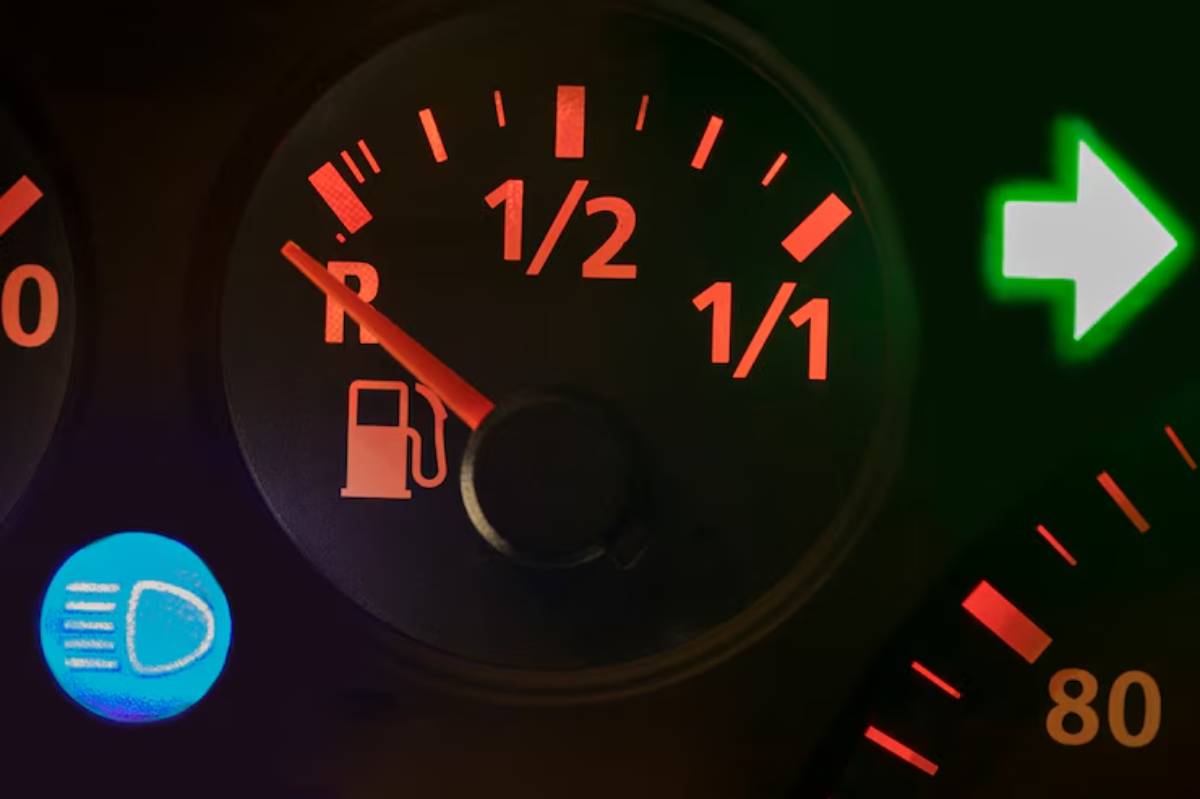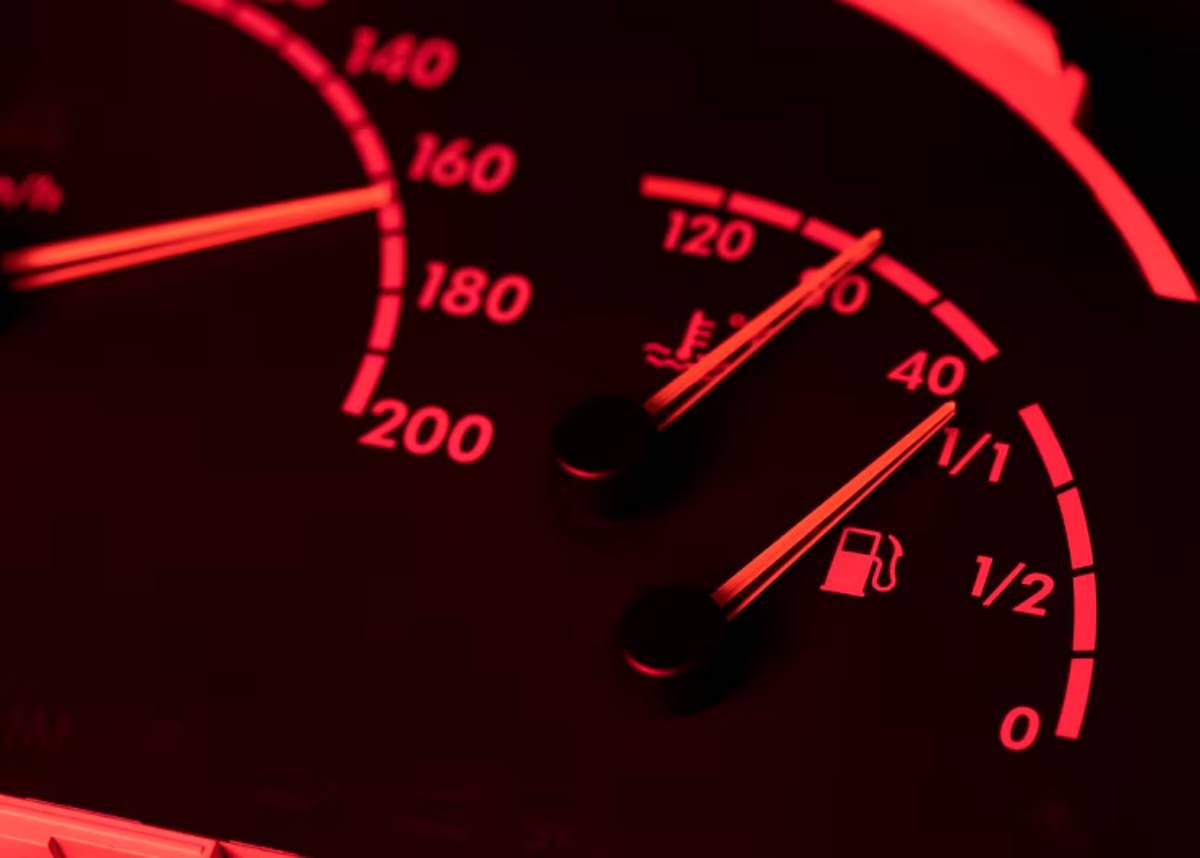
Understanding Hybrid System Warning Lights
Picture this: you’re cruising through traffic in your hybrid when suddenly, a yellow or red light pops up on your dashboard. Your heart skips a beat. Is it a simple sensor hiccup, or is something about to go seriously wrong?
With hybrid vehicles blending petrol engines, electric motors, and battery packs, warning icons can look different — and feel more intimidating — than what you might see in a traditional car. The hybrid dashboard lights aren’t just there for show; they’re early alerts, trying to help you take action before something more serious develops.
In this blog, we’ll break down the most common hybrid car indicators, what each one means, how urgent they are, and what to do next. Whether you’re new to hybrid driving or just want to be more confident behind the wheel, this guide will give you clarity, not confusion — the next time a warning icon lights up.
Why Hybrid Warning Lights Are Different

The Extra Layer of Complexity
Traditional vehicles mostly rely on mechanical systems. Hybrids, on the other hand, juggle:
- An internal combustion engine (ICE)
- Electric motors
- A high-voltage battery system
- Inverter and converter units
- Regenerative braking components
- Advanced onboard computers
That’s a lot going on under the hood — and plenty of places for things to go wrong. Because of this, hybrid cars come equipped with more warning lights, many of which are unique to hybrid technology.
Your Dashboard as a Communication Tool
Think of your dashboard as the car’s way of sending you messages. Some lights are informational, some are warnings, and a few are serious alerts demanding immediate attention.
Understanding the Colours: What They Indicate
- Green or Blue: Informational — systems are operating normally (e.g. headlights on, EV mode active).
- Amber or Yellow: Caution — something needs attention, but the car is still drivable.
- Red: Urgent — a serious issue is present; stop the car as soon as it’s safe to do so.
Common Hybrid Warning Lights and What They Mean
Let’s explore the most common hybrid system warning icons and decode their meanings one by one.
1. Hybrid System Warning Light (Red or Amber Car with Exclamation Mark)
What it means: General fault in the hybrid drivetrain.
Likely causes:
- Battery management system error
- Inverter or motor controller issue
- Communication fault between control modules
What to do:
- Stop and restart the car — if the light returns, schedule diagnostics.
- Avoid pushing the car hard until resolved.
- Visit a hybrid-certified technician promptly.
This one’s often accompanied by a message like “Check Hybrid System.” It’s broad but serious.
2. Battery Warning Light (Hybrid Battery Symbol or Red Rectangle)

What it means: The high-voltage battery is not functioning correctly or is not charging as expected.
Likely causes:
- Cooling fan blockage
- Battery degradation or cell imbalance
- Faulty charging system
What to do:
- Limit driving and avoid long trips.
- Check if the car switches between EV and engine smoothly.
- Get a diagnostic scan done ASAP.
Need help checking battery performance? Read diagnosing-hybrid-issues-with-obd-ii-tools for insights on how to run scans.
3. Check Engine Light (Amber Engine Icon)
What it means: Something in the petrol engine or emissions system isn’t right.
Likely causes:
- Loose fuel cap
- Sensor malfunction
- Misfire or ignition issue
What to do:
- Still safe to drive short distances, but book a service.
- If flashing, reduce speed and avoid acceleration — could indicate a misfire.
Don’t ignore it just because the car “feels fine” — hybrids use both systems, and an unresolved engine issue could affect hybrid functionality too.
4. Brake System Warning (Circle with “!” or “P” Inside)
What it means: Problem with the hydraulic brake system or regenerative brakes.
Likely causes:
- Low brake fluid
- Regenerative brake sensor failure
- Parking brake not fully released
What to do:
- Test the brakes immediately.
- Pull over if you feel reduced braking performance.
- Check the brake fluid level if you’re confident to do so.
Hybrids rely on a combination of mechanical and electric braking. Any imbalance can impact stopping distance.
5. Inverter Coolant Warning (Thermometer in a Box or Fan Symbol)
What it means: The cooling system for the inverter or electric motor is overheating.
Likely causes:
- Low or dirty coolant
- Blocked coolant flow
- Failed inverter coolant pump
What to do:
- Stop the vehicle safely and let it cool.
- Avoid restarting until you’ve checked coolant levels.
- Book a coolant system inspection right away.
Learn more about this in our guide on how-hybrid-cooling-systems-work.
6. EV Mode Indicator (Car with Electric Plug Symbol)
What it means: Your car is operating in electric-only mode.
Is it a warning?: No — this is informational.
What to do: Nothing. Just enjoy the silent, efficient drive!
7. Ready Light (Green “READY” Icon)
What it means: Your hybrid is ready to drive — even if the engine is silent.
Is it a warning?: No. This simply replaces the engine noise confirmation found in petrol cars.
What to do: You’re good to go. Just be careful in quiet zones — pedestrians might not hear you.
Lesser-Known But Important Hybrid Icons
- Turtle Symbol: Indicates limited power mode — usually due to overheating or battery protection.
- Amber Plug or Charging Warning: Common in plug-in hybrids — signals a problem with the charge port or cable connection.
- Cooling Fan Alert: Specific to high-voltage battery systems — check for vent blockage or dust buildup.
What Should You Do When a Warning Light Appears?
1. Stay Calm and Observe
- Are there any unusual sounds, smells, or sensations?
- Is the car driving normally?
2. Check Your Owner’s Manual
- Hybrid warning icons vary slightly by manufacturer.
- Some lights may only be present in Toyota, Honda, or Hyundai hybrids.
3. Run a Diagnostic Scan
- Use a compatible OBD-II scan tool and hybrid app.
- Note all stored and pending codes before clearing.
4. Schedule a Professional Inspection
- Especially for red lights or performance-affecting symptoms.
- Choose a technician experienced in hybrid diagnostics.
Preventing Hybrid Warning Lights: Proactive Tips
- Keep coolant and brake fluids topped up
- Change the cabin air filter regularly to prevent inverter fan blockage
- Check tyre pressure and wheel alignment — hybrids rely on rolling efficiency
- Listen for brake or battery fan noises that sound off
- Update the hybrid system software if recalls or updates are announced
Making these part of your regular monthly hybrid maintenance can help prevent many of these alerts before they pop up.
Conclusion: Lights Are Warnings, Not Panic Buttons

Your hybrid’s warning lights are designed to inform and protect, not scare you. When you understand what each icon means, you take control of your vehicle’s well-being.
So next time your hybrid dashboard lights up like a Christmas tree, you’ll know whether it’s something to fix now, monitor, or simply acknowledge.
Your next step?
Familiarise yourself with your specific model’s dashboard icons. Consider printing a mini reference guide or saving this article for easy access. If you’re curious about monitoring your hybrid’s health in real time, try pairing it with one of these best diagnostic apps for hybrid car owners.


